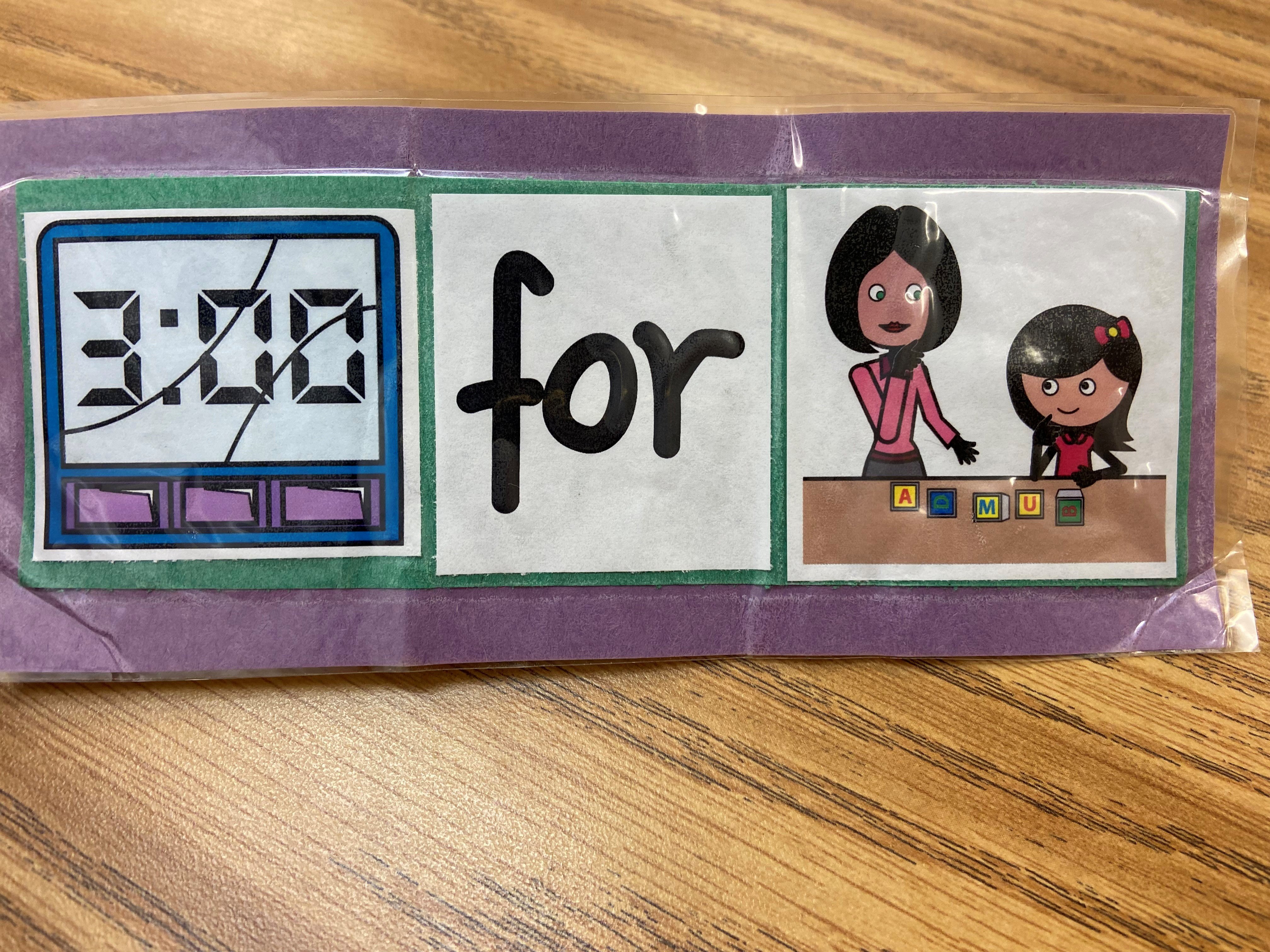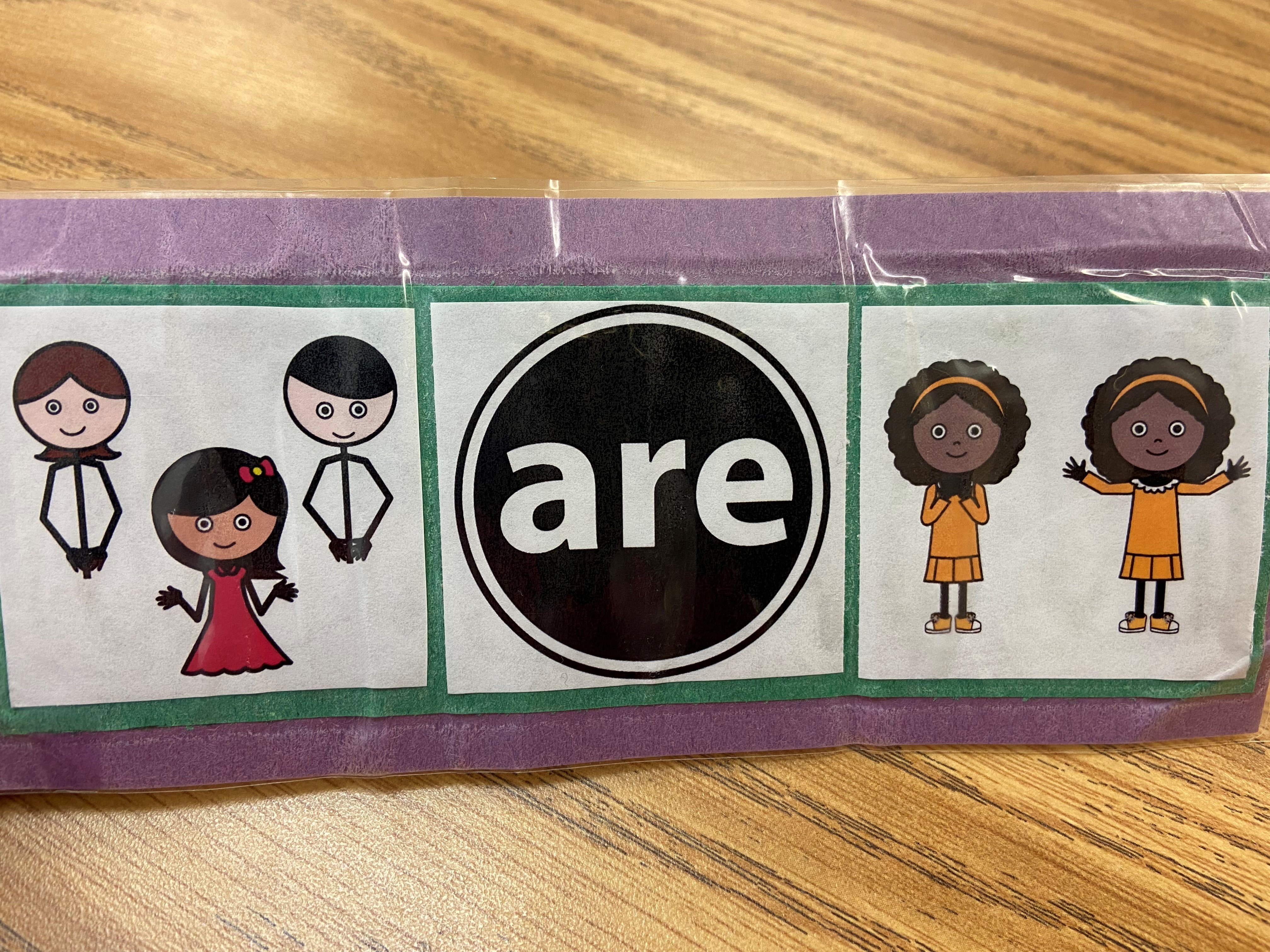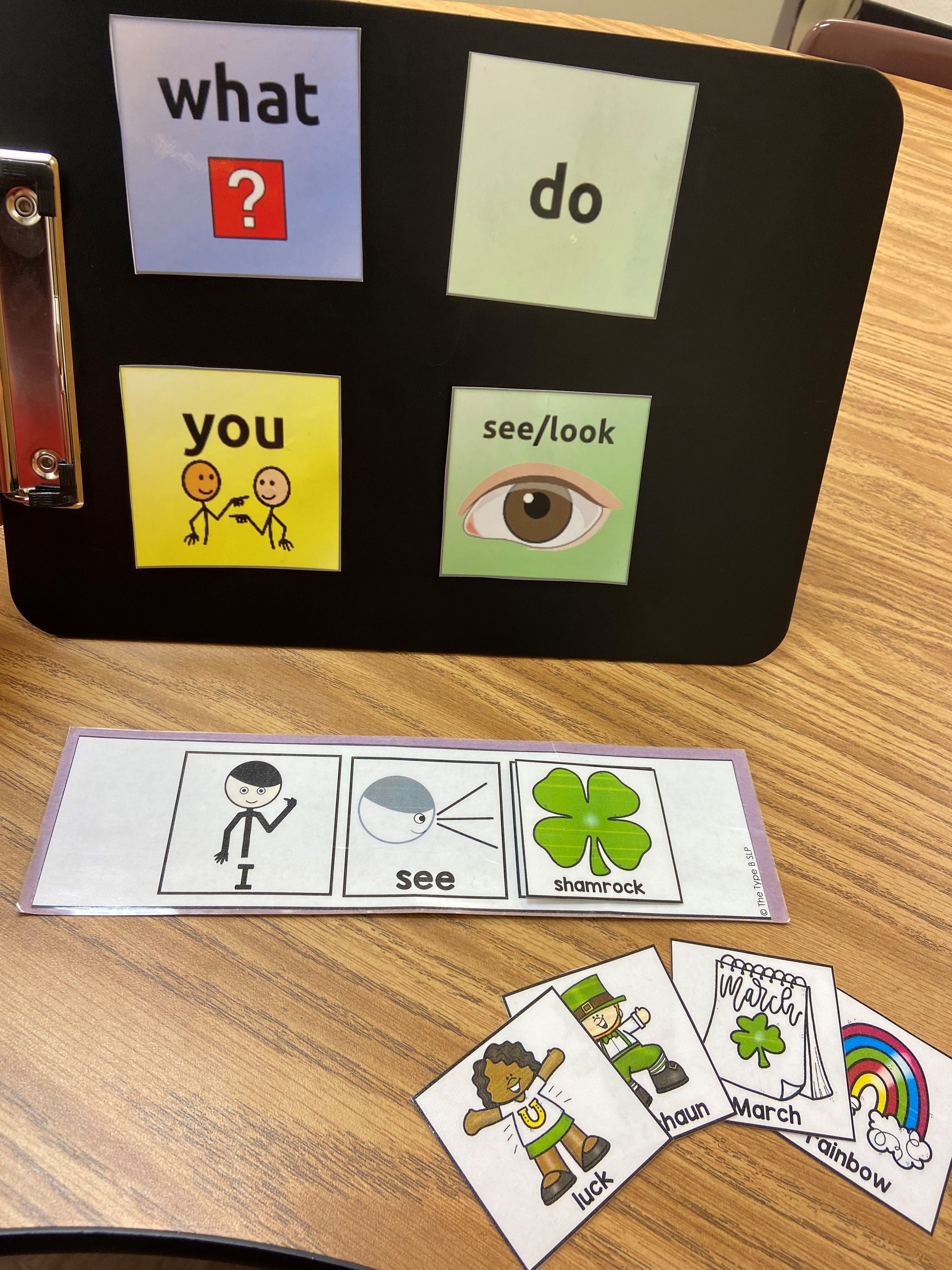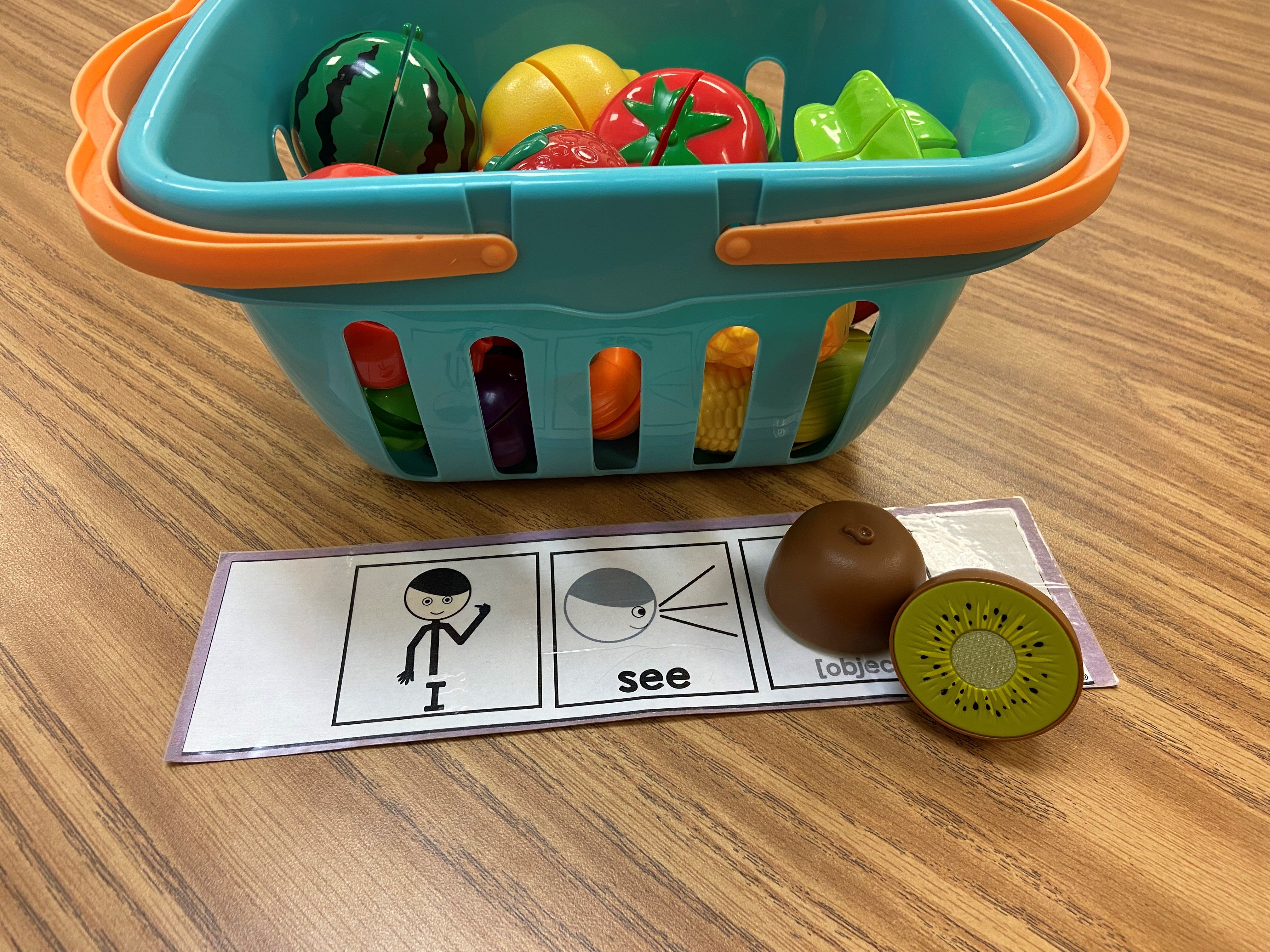THE PROBLEM
I know you’ve been there.
You’re sitting at your desk, scarfing down some semblance of lunch (because, what’s a real lunch break, anyway?) when your ESE Chairperson raps a quick, panicked knock on your door. There’s a new student in the Special Ed Pre-K program. And he just arrived at the building for the afternoon class. And he’s in a full Autism meltdown. And, yes, he does receive Speech/Language Therapy services twice per week for 30 minutes.
You abandon your lukewarm pasta leftover from two nights ago, chug the last sip of coffee you’ve been hoarding for the last hour for encouragement, and grab the nearest spinning toy you can find. You head down to the room and you work with the teacher to find something to calm the new kiddo. The light-up toy you brought actually works, and he spends the rest of the day self-soothing and getting acquainted with his new classroom.
The next day, the Para-Pro from that class comes to find you. The new kiddo threw the toy from yesterday against the wall. He hates it now. Ugh. Back to the drawing board.
As a school-based SLP, I have firsthand knowledge of how frustrating it can be working with Preschoolers on the spectrum, and not knowing how to help them. There’s lots of research that helps in theory, but not as much research that shares practical application for those of us who work with this amazing population every day. It’s important that we have an accessible and realistic approach to therapy.
So, what do we do? What techniques are realistic, evidence-based, and actually work?
THE SOLUTION
First, we begin to teach the student about the Speech environment and get them accustomed to a routine. Routines, for this population, are essential to get the students to buy into the idea of therapy because routines and schedules are a safe haven for them. We create a visual aid that says when it is time for speech, and another visual that says when speech is finished. Now, whenever you come to the classroom, the new kiddo will know he is going to your room for a while and will be back in class later. This helps with transitions, especially when incorporating a countdown.
Next, we use a system of visuals to introduce students to the concept of language. While the official PECS training is beneficial and engaging, not everyone has the time or resources to complete both sections to become certified. For the rest of us, there are many other useful visuals that we can purchase and create for our students. One of my favorite sites is teacherspayteachers.com, especially now that there are more speech therapists creating and selling materials. Using a combination of pictures, toy objects, and real objects helps students establish a concrete understanding of language.
”What Do You See?” laminated pictures taped to a clipboard. The sentence strip is the student’s response. We can use pictures, toy objects, and even graduate to real objects once the student has a firm understanding of how to use the board.
Finally, we work consistently with students, teachers, and parents so the work being done will carry over into other settings (fingers crossed). It may take some students a shorter amount of time to become familiar with the routines than others, but consistency is what will help them grasp the concepts. I introduced five new Pre-K students to these very routines at the beginning of this school year. Now, towards the end of the year, each student can independently follow the prompt and verbalize or approximate the vocabulary words. Their personal levels of motivation to actually do the task is a whole different story, but they all know how to follow the prompts.
That’s the formula. Set the routine. Introduce language. Be consistent. All the hard work will pay off in time. And, you’ll cry tears of joy when it does.
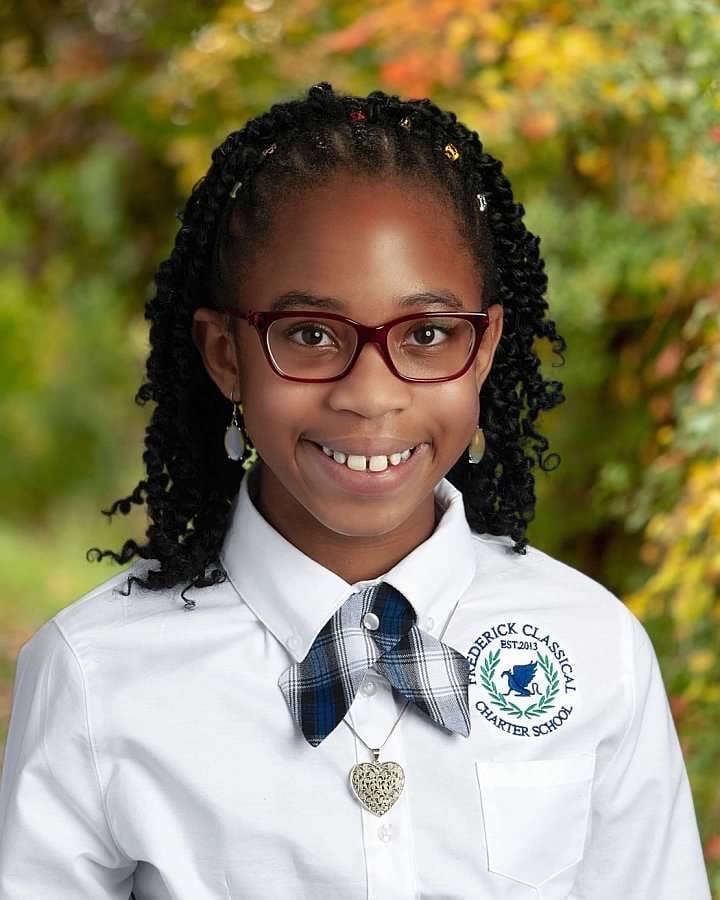
*My God-Daughter, Sophia, has Autism & ADHD. She received SLP services as a preschool student and is now thriving as a 5th grader. She has surpassed every hurdle that life has thrown her, and we are all so very proud of her. Her lowest grade this year is, like, an 89. She can sing, she can dance, she has friends, and she’s growing into a lovely young lady!*
Author: Amy L. Perkins, MS, CCC-SLP


